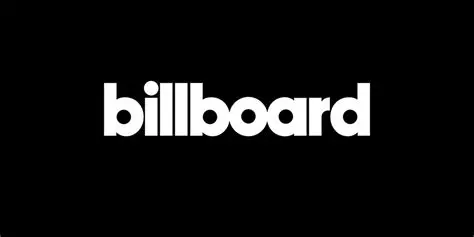Billboard’s Hot 100 Rule Change: A New Era for Chart Longevity and Fair Play
What Changed
Billboard has officially revised the recurrent-song rules for the Billboard Hot 100, dramatically shortening the window during which older tracks can remain on the chart. Under the updated criteria effective October 2025, a song falls into recurrent status if it drops below: #50 after 20 weeks; #25 after 26 weeks; #10 after 52 weeks; or #5 after 78 weeks.
The intention is clear: make the Hot 100 more dynamic, more reflective of current listening behavior, and create space for newer entries to rise.
Why Billboard Updated the Rules
The streaming era changed how long songs can linger in the charts. Tracks now often stay high in airplay and streaming long after their “cultural moment” has passed, slowing chart turnover. Billboard acknowledged this stagnation by remarking that some songs had stayed in the Hot 100 for well over 100 weeks under the old model examples like Lose Control by Teddy Swims, which spent 112 weeks on the chart before the change.
In effect, the revision is an attempt at fairness ensuring that the chart remains a snapshot of what’s current rather than what has endured.
Immediate Impact on the Chart
The new rules will force labels and artists to rethink how they approach single-release cycles. Songs that plateau below a certain threshold will be removed from the Hot 100 despite still registering streams or airplay.
That means the “long tail” strategy where a track gradually fades but stays visible is under threat. Instead, sustained peaks or renewed promotional pushes may become essential to staying on the chart.
The change also signals that catalog tracks and slow-burn hits have less advantage under the new model. That could shorten the typical life cycle of a charting song.
Considerations for Artists and Industry
From a business perspective, the revision raises strategic questions. Marketing teams will need to plan for either: (1) strong and sustained momentum through the critical weeks; or (2) reinvention via remixes, features, or viral moments before the removal threshold hits.
Also, playlists and streaming campaigns might adapt knowing there’s less room for songs to linger may shift focus to freshness and peaks rather than long-term drip campaigns.
For major artists with global appeal, the risk is lower; but for emerging or niche acts, the shorter runway creates more pressure for immediate impact. It may widen the gap between top-tier artists and those still building.
The Global Perspective and What It Means for African & Emerging Acts
Though the changes are US-chart-based, the ripple effects reach global artists, including those from Nigeria and other African markets. For acts who gain Hot 100 entry via global streaming (for example, Afrobeats artists), the shorter tenure means replicating or expanding momentum is more important than ever.
An African hit that cracks the Hot 100 cannot assume prolonged residency. To maximize visibility, it may require follow-up singles, sustained promotional push in the US, or strategic remixes. The shift emphasizes global competitiveness and may favor songs with broader appeal and immediate impact.
Billboard’s rule change marks a discerning shift in how chart success is defined. It’s no longer enough merely to enter the Hot 100, staying there demands strategy, freshness, and visibility.
Labels, artists and streaming platforms must accept that the era of slow decline is ending. The charts are becoming a tighter reflection of the “now,” rather than the long play of lingering hits.
If you’re chasing chart longevity, the message is clear: adapt or fade.


Leave a Reply